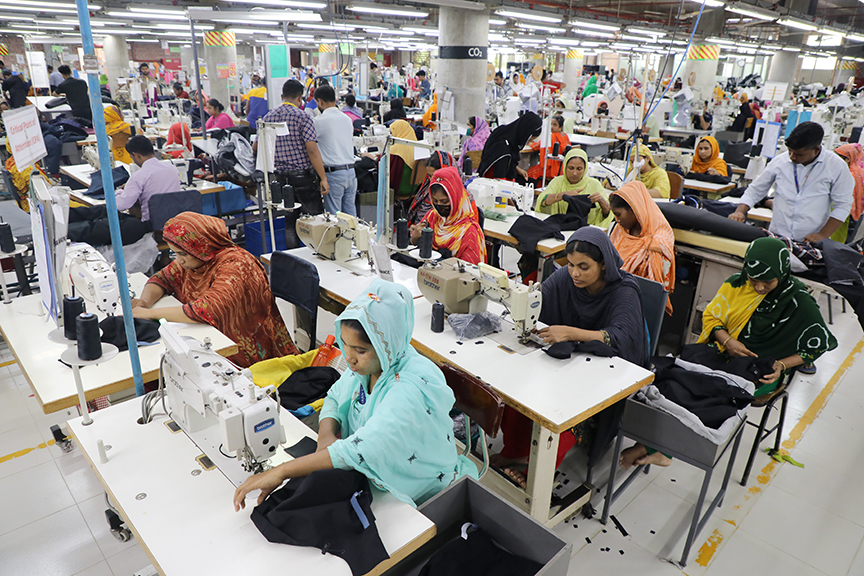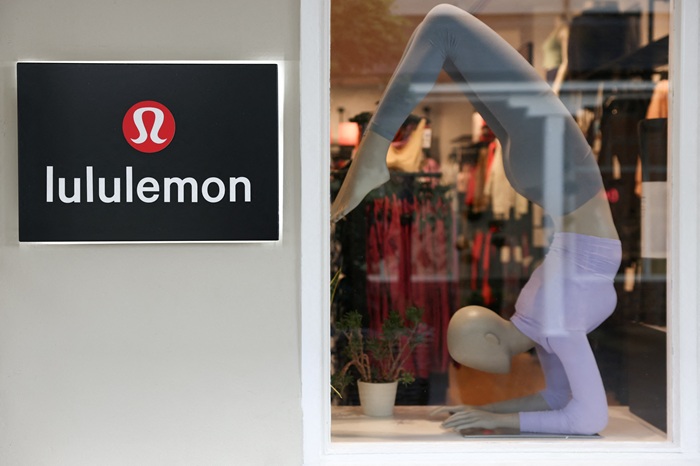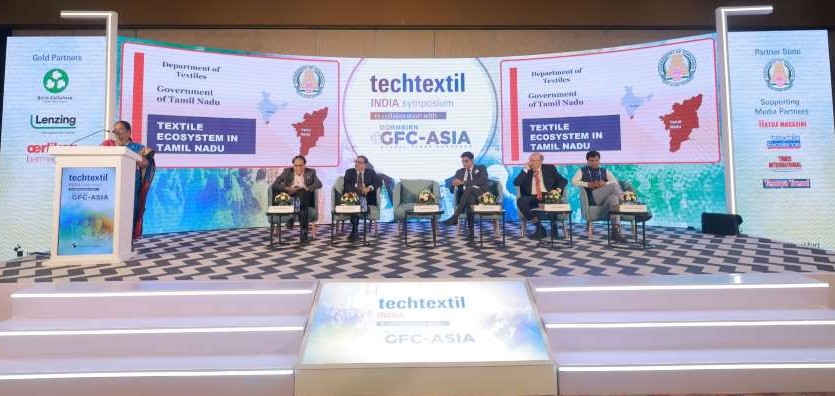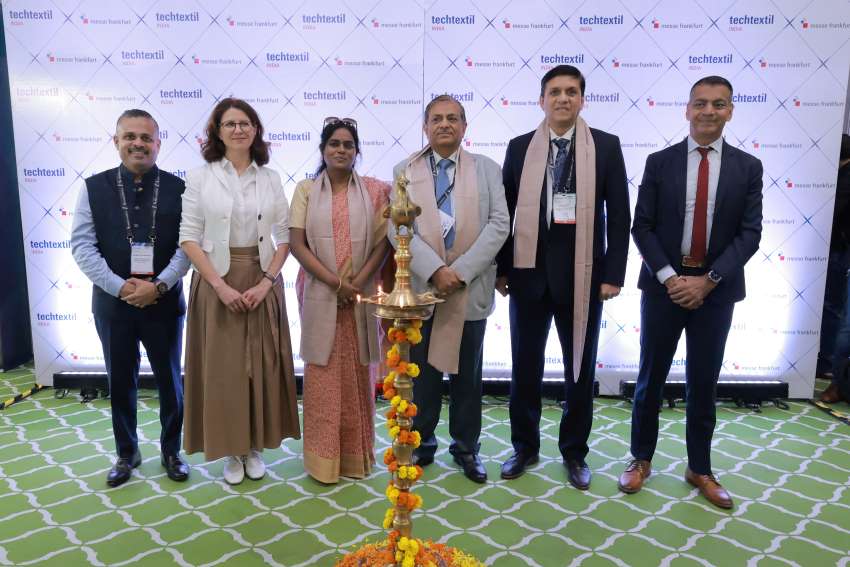
Bangladesh is rapidly strengthening its position as a major player in the global apparel export market, capitalizing on a shift in dynamics within the EU and the US, the world's two largest economic blocs. Recent data reveals an increase in Bangladesh's apparel exports to these major markets, largely due to its ability to fill the vacuum left by a retreating China. This upward movement underscores Bangladesh's growing competitiveness, its strategic advantages and evolving global trade patterns.
Europe embraces Bangladesh
The latest Eurostat figures, cited by the Bangladesh Garment Manufacturers and Exporters Association (BGMEA) highlights the country’s growing influence in the European apparel market. In the first two months of 2025 (January-February), Bangladesh witnessed 36.99 per cent increase in apparel exports to the EU, reaching $3.69 billion, a significant leap from the $2.69 billion recorded during the same period last year.
This impressive growth far outpaces the EU's overall apparel import growth of 17.81 per cent in value and 28.66 per cent in volume, unequivocally showcasing Bangladesh's prowess in capturing market share. Industry experts suggest that China's declining market share in the EU has created a significant opening, which Bangladesh has adeptly exploited.
Table: EU apparel imports - Bangladesh vs. competitors (Jan-Feb 2025)
|
Country |
Export value ($ bn) |
Growth rate (%) |
|
Bangladesh |
3.69 |
36.99 |
|
China |
4.54 |
25 |
|
Turkey |
- |
-3.64 |
|
India |
- |
21-22 |
|
Pakistan |
- |
21-22 |
|
Cambodia |
- |
21-22 |
|
EU Overall |
- |
17.81 (Value), 28.66 (Volume) |
The data clearly indicates that while other exporting nations are also experiencing growth, Bangladesh's performance is significantly more robust. Notably, Turkey's exports have even declined, further highlighting Bangladesh's competitive edge. While China remains the largest exporter to the EU, the narrowing growth gap signals a potential long-term shift.
US market, resilience amidst uncertainty
Simultaneously, Bangladesh's apparel exports to the US have also shown resilience, growing at 17.23 per cent during the July-March period of the 2024-25 fiscal year, reaching $5.74 billion. This growth is particularly noteworthy considering the looming concerns surrounding new US tariff policies and a backdrop of global economic headwinds and protectionist measures.
The US currently stands as Bangladesh's single largest export destination for apparel, accounting for 18.97 per cent of its total apparel exports. This shows the sustained competitiveness of Bangladesh's garment sector in a demanding market.
Success beyond just prices
Analysts and industry leaders attribute Bangladesh's success to a multifaceted approach. A growing focus on producing garments that meet international quality standards has increase buyer confidence. Moreover, the rise of ‘green factories’ aligns with increasing global demand for sustainable and ethically produced apparel. Social and worker safety advancements too has added to its attraction. There have been significant improvements in factory safety and worker welfare have addressed past concerns and boosted the country's reputation. Bangladesh's ability to ensure timely delivery of orders is a crucial advantage in the fast-paced fashion industry.
Then there are the preferential trade agreements like the GSP with the EU that provide significant cost advantage. While the average unit price in the EU saw a slight decrease of 1.46 per cent, the substantial 39.02 per cent increase in volume indicates Bangladesh's ability to offer attractive prices without compromising on quantity.
As Mohiuddin Rubel, former BGMEA director says, factories in Bangladesh are now of world-class standard. Buyers find reliability here. He further emphasizes the role of value-added garment production, the economic recovery in Europe, and the combined efforts of workers and entrepreneurs in this success story.
Adapting to shifting global dynamics
Now, the evolving trade relationship between the US and China presents a good opportunity for Bangladesh. In 2018, China's apparel exports to the US were five times greater than Bangladesh's. However, by 2024, this gap has narrowed significantly, with Bangladesh's exports reaching $7.34 billion compared to China's $16.50 billion.
The new tariffs on Chinese and Vietnamese goods by the US, is further incentivizing American retailers to explore alternative sourcing destinations like Bangladesh.
Impact of new tariffs
In a significant development that adds a layer of complexity to Bangladesh's promising export outlook to the US are the new tariffs announced by President Trump. This policy imposes tariffs on imports from countries that are deemed to have higher tariffs on US goods. While the initial announcement caused considerable concern, a subsequent 90-day suspension offered a temporary reprieve. However, the potential long-term impact of these tariffs remains a critical factor for Bangladesh's apparel exports to the US.
Under the new policy, Bangladesh faces a 37 per ent reciprocal tariff on its exports to the US. This substantial increase from the previous average tariff rate could significantly impact the competitiveness of Bangladeshi apparel in the American market.
Table: Impact of US reciprocal tariffs on apparel exports
|
Country |
Reciprocal tariff rate (%) |
Impact on exports to US |
|
Bangladesh |
37 |
Significant price increase, potential loss of market share if US buyers shift to countries with lower tariffs. Could impact future order volumes for Christmas and beyond. |
|
China |
54 (including existing tariffs) |
Even higher tariffs could accelerate the shift of sourcing away from China, potentially benefiting Bangladesh in the long run, despite its own tariff increase. |
|
Vietnam |
46 |
Substantial tariff increase, likely to face similar challenges as Bangladesh in terms of price competitiveness in the US market. |
|
India |
26 |
Lower tariff compared to Bangladesh and Vietnam could give India a relative advantage in the US market. |
|
Pakistan |
29 |
Also faces a significant tariff, potentially making its apparel exports less attractive to US buyers compared to pre-tariff levels. |
|
Cambodia |
49 |
One of the highest tariff rates, likely to severely impact its apparel exports to the US. |
The new tariffs could lead to several consequences. For example, it could lead to increased prices for American retailers and consumers, potentially dampening demand for apparel imports. US buyers might actively seek alternative sourcing destinations with lower or no tariffs, potentially eroding the market share of countries like Bangladesh, China, and Vietnam. Reduced demand and increased costs could lead to a fall in volume of apparel exports from Bangladesh to the US, affecting factory production and employment.
Despite the concerns, some analysts suggest that Bangladesh's relative position in the US market might hold, as major competitors like China and Vietnam face even steeper tariff rates. However, the overall drop in US demand due to higher prices could negatively impact all exporting nations.
The 90-day suspension offers a window for diplomatic efforts and potential trade negotiations. The long-term impact of the US reciprocal tariff policy on Bangladesh's apparel exports will depend on the final outcome of these discussions and the strategic responses adopted by Bangladeshi manufacturers and policymakers. The industry must focus on maintaining its strengths in quality, sustainability, and ethical practices to mitigate the negative effects of potential tariffs and explore market diversification strategies to reduce reliance on the US market.












